Every year, Apple introduces new generations of its products. Year after year, you can enjoy, for example, new iPhones or Apple Watch. In recent years, however, Apple fans have begun to complain about the lack of innovation, which does not apply to Macs from the entire portfolio, where the arrival of Apple Silicon chips completely reshapes the view of Apple computers. Even so, the new generations come up with various innovations, which differentiate them from their predecessors. On the other hand, the giant also favors these products in terms of software and thus indirectly forces us to buy current devices.
It could be interest you

This problem affects a number of products from the apple portfolio, but at first glance it is not so obvious. Let's therefore explain the whole situation and point out the devices where you may encounter something similar. Of course, the innovation of news makes sense, and when deploying a newer display, as was the case with the iPhone 13 Pro (Max), it is not possible to make the 120Hz refresh rate available to owners of older phones through a software update. In short, this is impossible, since everything is handled by the hardware. Even so, we can find some software differences that are not quite logical anymore.
Native keyboard on Apple Watch
The best way to describe it is with the example of the native keyboard on the Apple Watch. It only came together with the Apple Watch Series 7 (2021), for which Apple did not introduce many changes twice. In short, it is just a watch with a larger display, support for fast charging or a function to detect a fall from the bike. The Cupertino giant most often promotes the just-mentioned display for this watch, which, among other things, is the largest we have ever seen on an Apple Watch in general. At the same time, the company brought a native keyboard, something that Apple users have been calling for for practically several years. The fact that it is only available for US users, we will completely ignore for now.
Apple resisted the arrival of the keyboard for a long time, and even took it to a whole new level by bullying developers. The App Store contained the FlickType for Apple Watch application, which enjoyed considerable popularity until Apple pulled it from its store for allegedly violating the terms. This started a considerable tussle between its developer and the Cupertino giant. To make matters worse, Apple not only deleted this app, but at the same time practically copied it for its own solution, which is only available on the Apple Watch Series 7. But the app also worked flawlessly with older models. But why is it actually exclusive to last generation, when it is only a matter of software and, for example, has nothing to do with performance?
It could be interest you
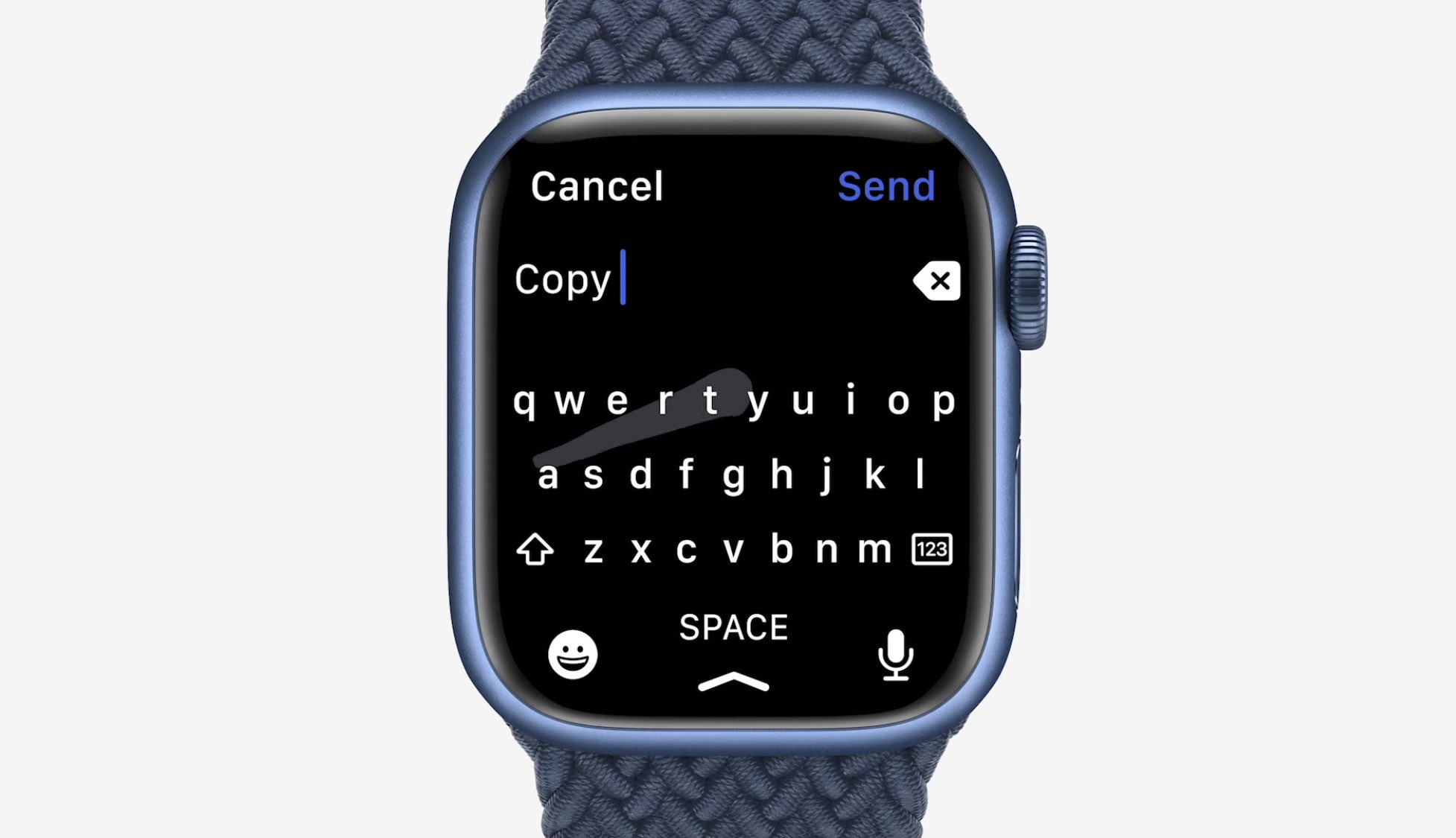
Apple has often argued that the arrival of the keyboard is possible thanks to the deployment of a larger display. This statement makes sense at first glance and we can only wave our hands over it. But here we have to realize one fundamental thing. The Apple Watch is sold in two sizes. It all started with 38mm and 42mm cases, from AW 4 we had a choice between 40mm and 44mm cases, and only last year Apple decided to increase the case by a mere millimeter. If the display on the 41mm Apple Watch Series 7 is sufficient, how is it possible that owners of practically all older, larger models do not have access to the keyboard? It simply just doesn't make sense. So, Apple is obviously trying to get its Apple users to buy newer products in a certain way.
Live Text feature
Another interesting example is the live text function, in English live text, which came in iOS 15 and macOS 12 Monterey. But again, the feature is not available to everyone, but in this case it really made sense. It could only be used by Mac users with an Apple Silicon chip, or owners of iPhone XS/XR or later models. In this regard, the Cupertino giant argued the importance of the Neural Engine, i.e. the chip that takes care of working with machine learning and is itself part of the M1 chipset. But why is there a limitation even for iPhones, when, for example, such an "Xko" or its Apple A11 Bionic chipset has a Neural Engine? Here it is necessary to point out that the Apple A12 Bionic chipset (from the iPhone XS/XR) came with an improvement and offered eight cores instead of the 6-core Neural Engine, which is a requirement for live text.
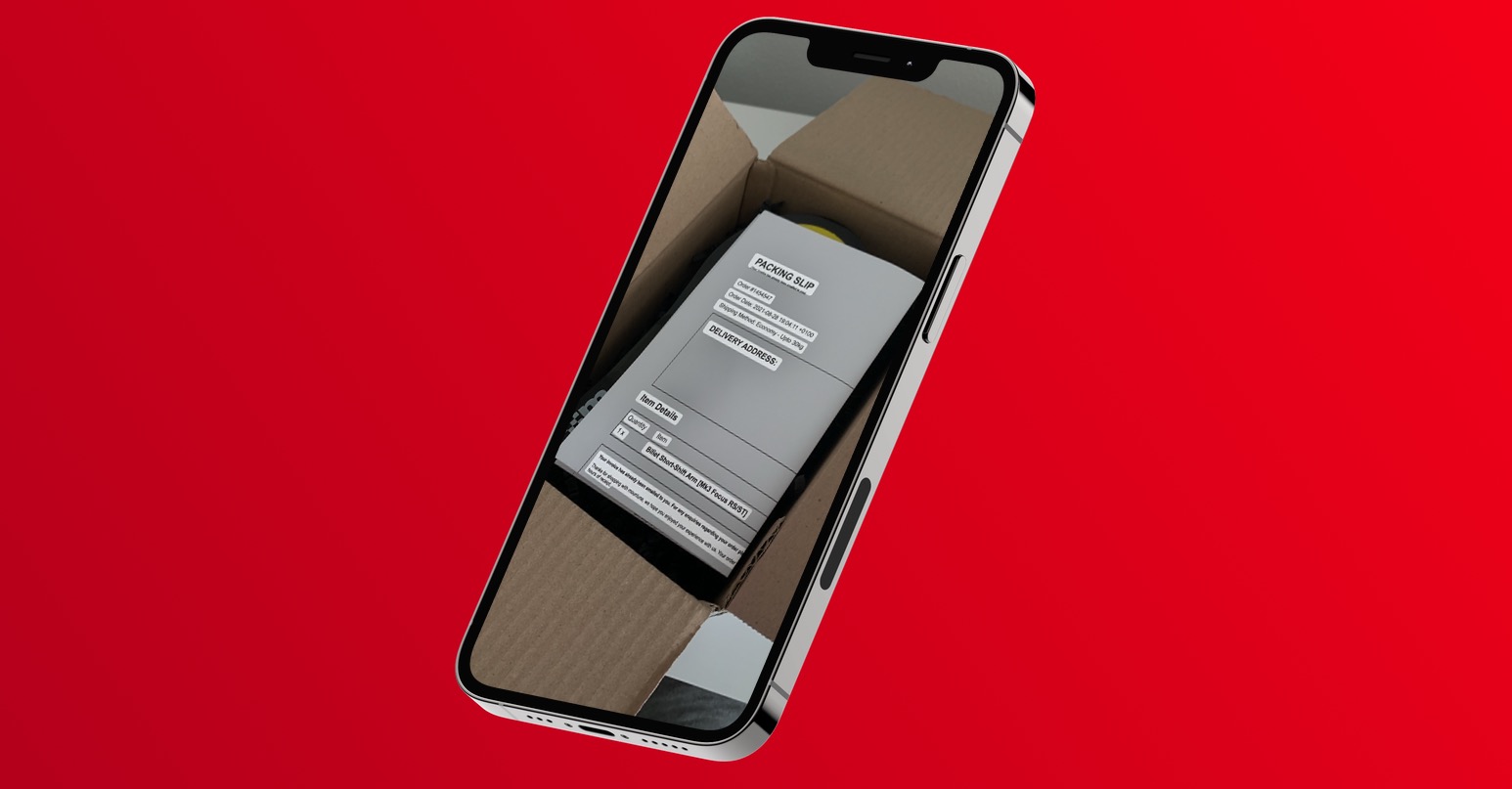
Everything makes sense this way, and probably no one would speculate on whether these demands are really justified. Until Apple decided to make a special change. Even in the beta version, live text was made available for Macs with processors from Intel, while all devices that are compatible with macOS 12 Monterey can use the function. These are, for example, Mac Pro (2013) or MacBook Pro (2015), which are relatively old machines. However, it is unclear why the aforementioned iPhone X or iPhone 8 cannot cope with the function. Although these are older phones that were released in 2017, they still offer breathtaking and significantly oversized performance. So the absence of live text is a question.
It could be interest you
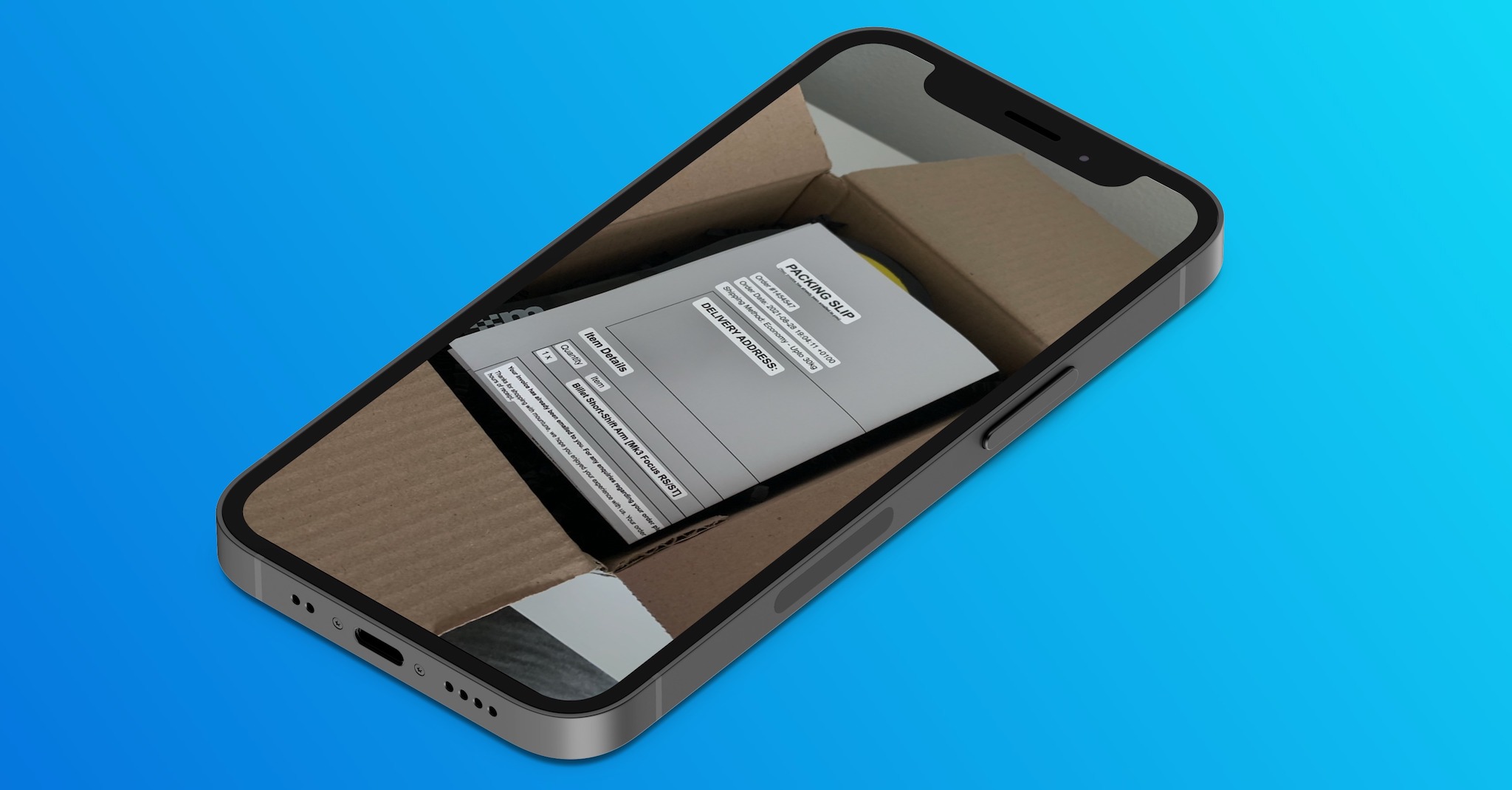
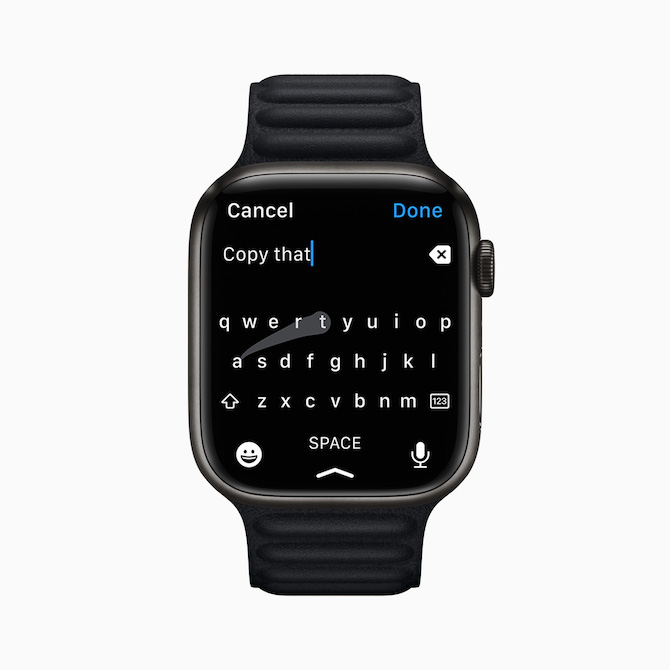
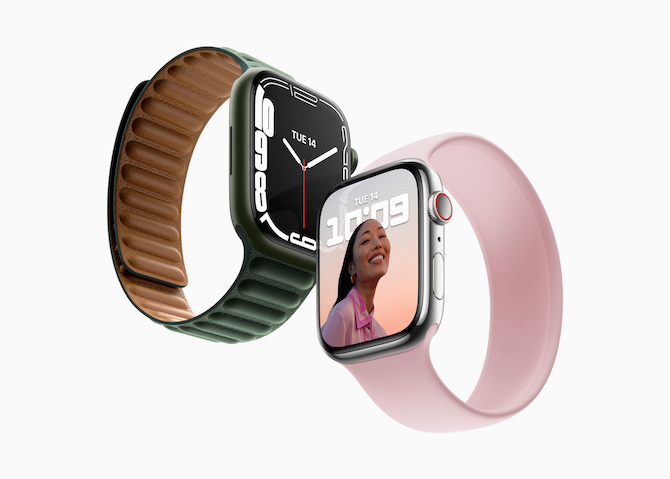
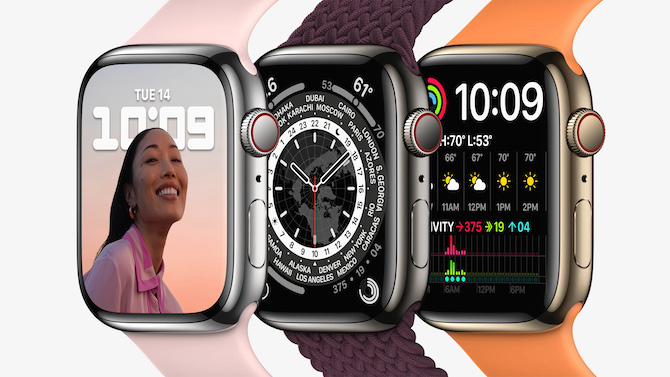
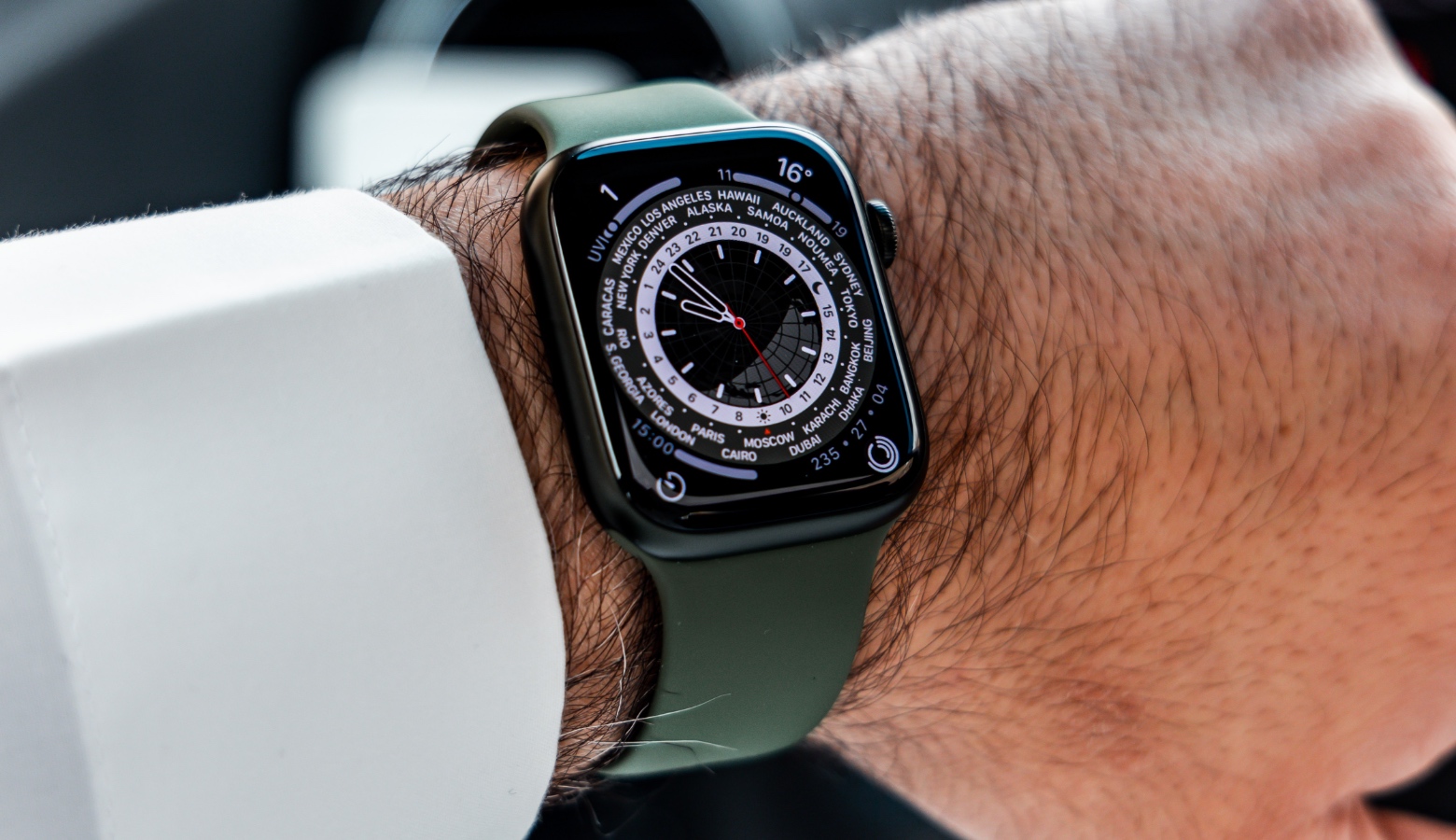
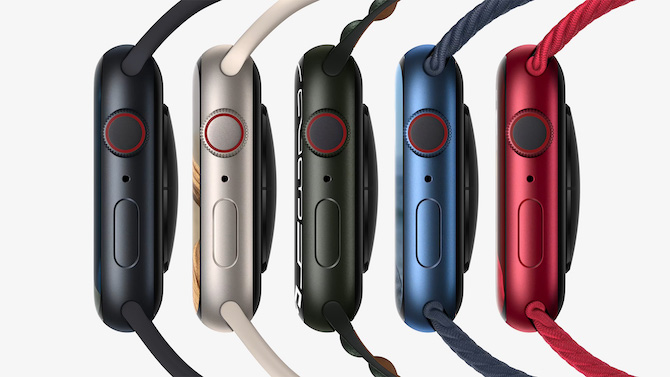
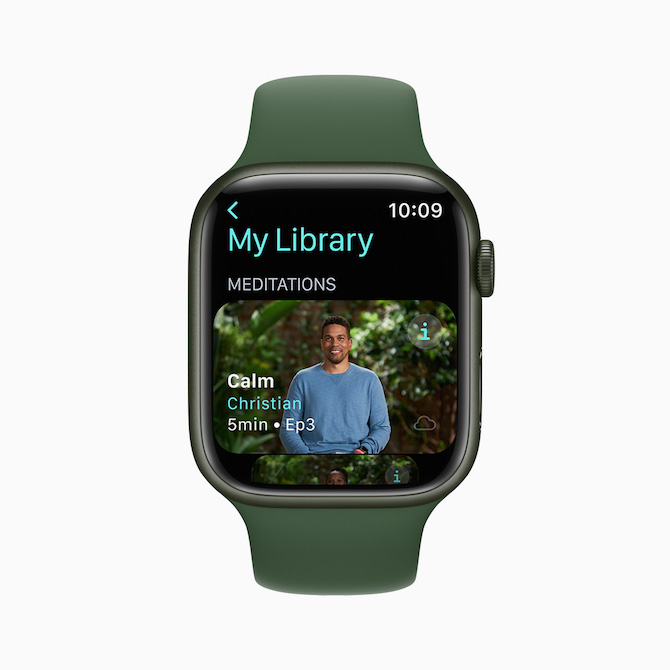

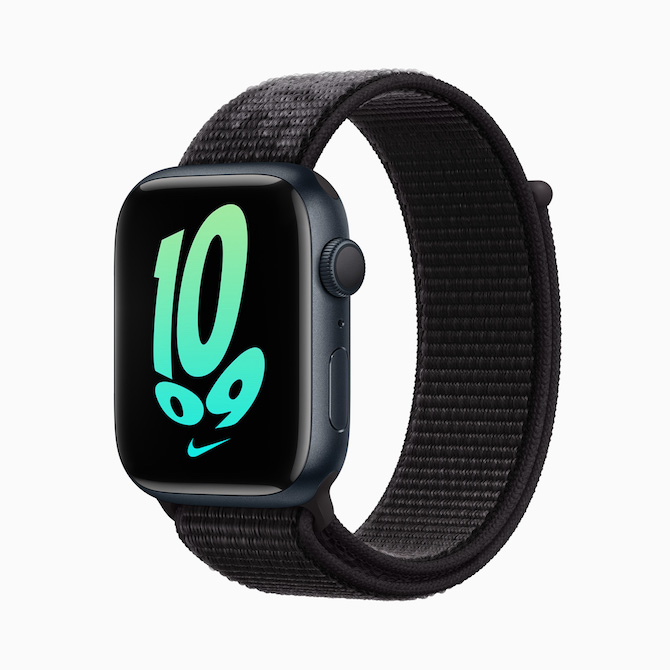

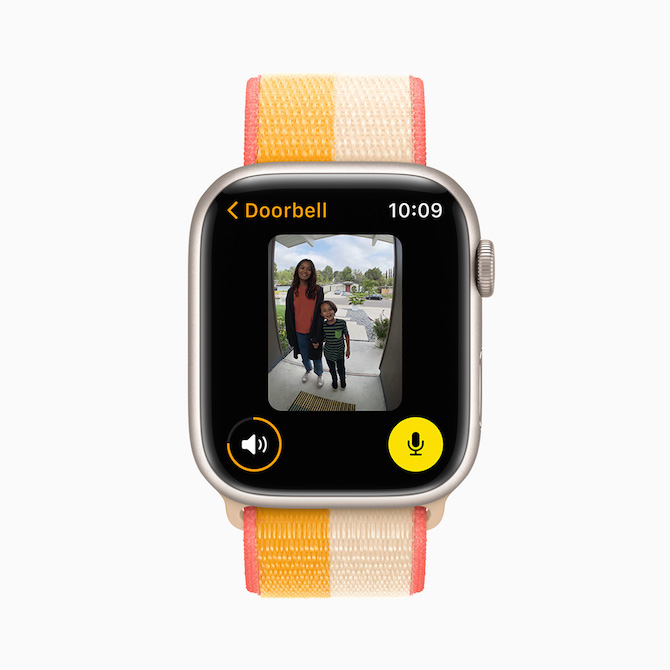
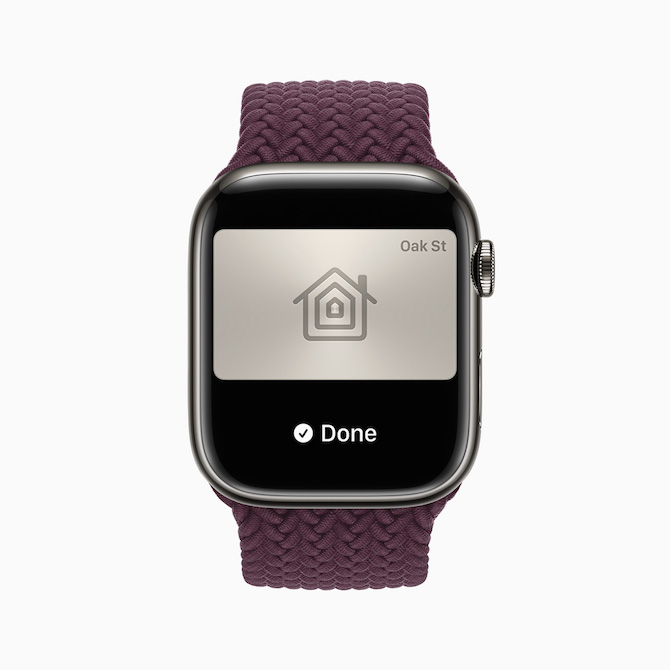
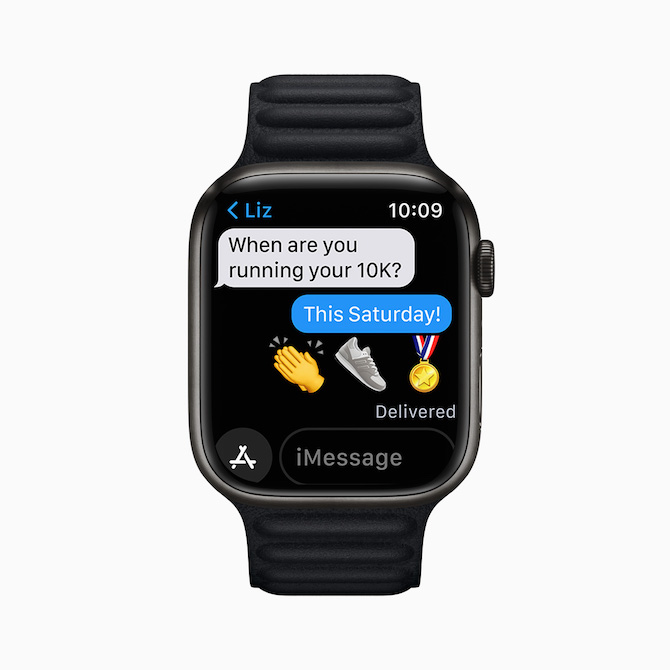
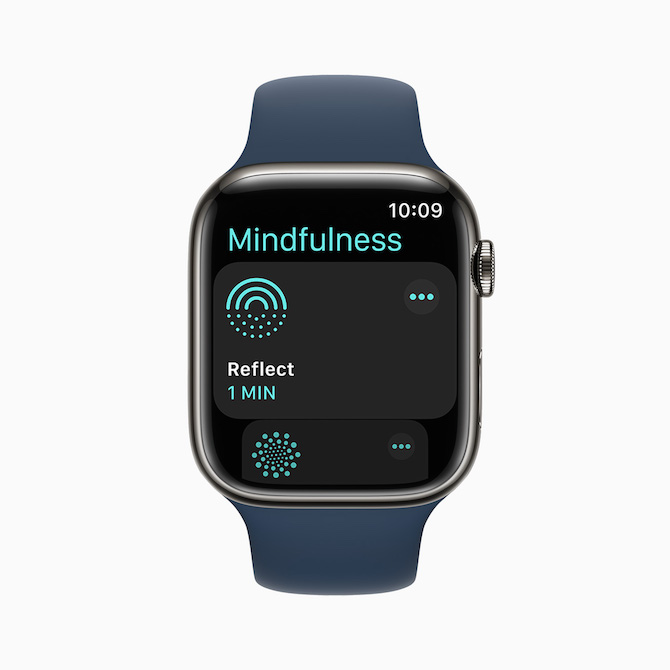
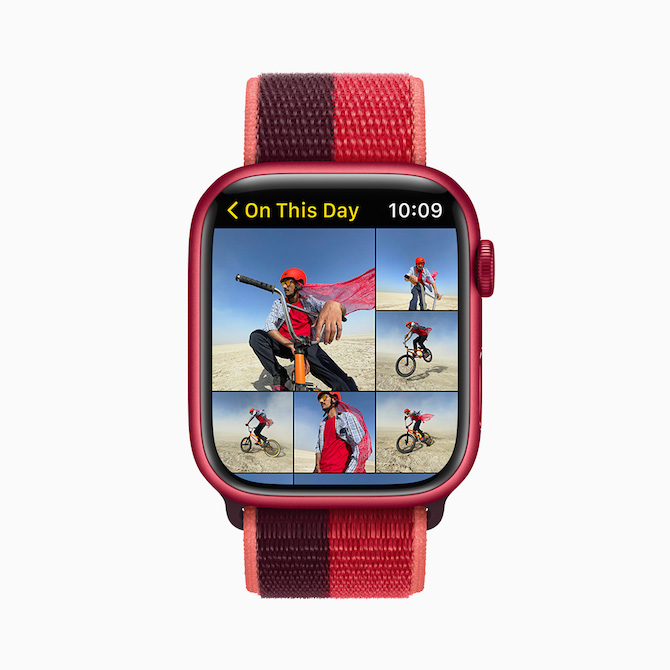


 Flying around the world with Apple
Flying around the world with Apple